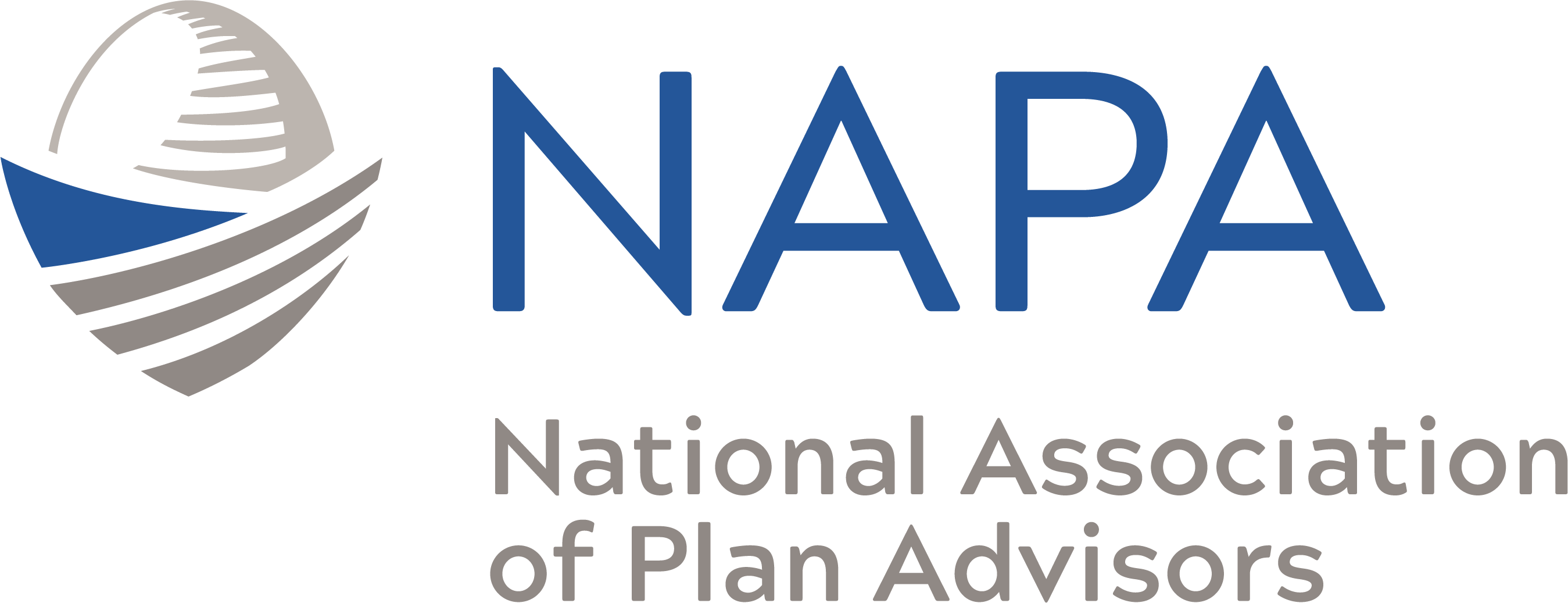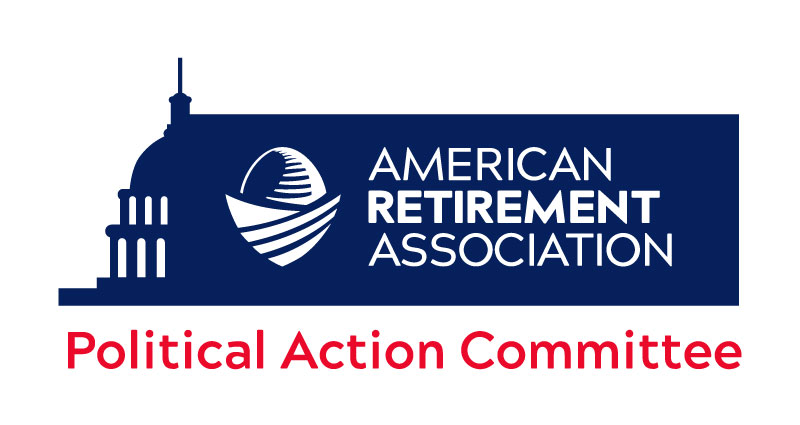New survey results find that, for the second year in a row, plan sponsors’ top priority over the year has been reviewing SECURE 2.0 and adopting relevant provisions.
That’s according to MFS’s “Retirement Outlook 2025,” which discusses, among other things, key considerations for retirement plan sponsors in 2025, participant expectations versus realities, trends in regulation, legislation and litigation, and the road forward for defined benefit plans.
Like last year, sponsors are also focused on evaluating the investment lineup and the day-to-day operations of running the DC plan.
- Reviewing SECURE 2.0 and adopting the appropriate provisions (82%)
- Evaluating the investment lineup holistically (57%)
- Focusing on operational issues (43%)
- Establishing or refining plan’s income philosophy (37%)
- Improving overall governance structure of the plan (36%)
- Conducting a recordkeeper or provider search (27%)
- Establishing or refining plan’s ESG philosophy (5%)
SECURE 2.0
Notably, while SECURE 2.0 was enacted in 2022, several provisions continue to be phased in. For 2025, those include increased contribution limits for those aged 60 to 63. There were also changes requiring catch-up contributions for participants with compensation exceeding $145,000 to be made on a Roth basis, although the IRS provided a two-year administration transition period through 2025 to give sponsors time to comply.
Other SECURE 2.0 provisions for 2025 include mandatory automatic enrollment of new plans, expansion of part-time work eligibility and additional distribution options for certain circumstances.
MFS also found that the emphasis on ESG-related issues continues to decline for plan sponsors, in part due to the heightened political sensitivity around the issue.
What Keeps Them up at Night?
When plan sponsors were asked what keeps them up at night, topping the list, perhaps not surprisingly, was the changing regulatory and legislative landscape, which increased from 55% in 2023 to 71% in 2024, followed by litigation risk. Note that respondents were asked to select their top three areas of focus.
- Changing regulatory and legislative landscape (71%)
- Litigation risk (49%)
- Overall plan administration burdens (40%)
- Overall participation rates and savings rates (37%)
- Figuring out retirement income solution(s) for the plan (34%)
- Continued pressure/focus on fees (20%)
- Having the right number and types of investment options (20%)
- Appropriate role of ESG in retirement plans (10%)
- Consolidation of recordkeepers and/or asset managers (8%)
The above findings were based on MFS’s DC Plan Sponsor Survey conducted among 166 plan sponsors in the United States. To qualify, plan sponsors had to offer a 401(k), 403(b), 457 or other defined contribution plan, defined benefit plan or other non-qualified deferred compensation plans. The survey was fielded between Sept. 3 and Oct. 30, 2024.
Changing Landscape
Of course, the U.S. election results are one of the biggest factors shaping the regulatory and legislative environment for plans heading into 2025, MFS further observes. With the Republicans controlling both the executive and the legislative branches, there will likely be a shift toward easing regulatory efforts around retirement security and fiduciary responsibilities.
Indeed, just look at the Department of Labor’s fiduciary rule, also known as the Retirement Security Rule. Since the rule was finalized in April 2024, there have been litigation and legislative efforts to block it. In July, two federal courts issued rulings which stayed the new rule nationwide. And in one of the orders, the judge said the regulation “suffers from many of the same problems” as previous DOL rulemaking that was vacated by a federal appeals court. While the DOL last September appealed both stays to the Fifth Circuit, the rule is unlikely to have the same support under the Trump administration, MFS notes.
“We also expect to see additional legislative efforts around ESG, such as a likely reversion back to the prior rule and to alternative assets, such as a more accommodative stance on the inclusion of private and digital assets in DC plans,” says MFS’s Jonathan Barry and Jeri Savage, who are authors of the report.
Litigation Trends
Meanwhile, even though litigation was down for the year, MFS’s plan sponsor survey found that 10% of respondents have been subject to a class action ERISA lawsuit in the past five years, with an additional 7% reporting being subjected to a lawsuit over five years ago.
One recent litigation trend is around claims that plan sponsors have improperly used forfeited assets. MFS notes that, since the DOL has not issued formal guidance regarding the use of forfeitures, plaintiffs argue that forfeitures are “plan assets,” which ERISA requires to be used exclusively for the benefit of the participants and defraying plan expenses. “As these lawsuits have made their way through the courts, rulings have been mixed and many are still pending. Without clarification from the courts, we will likely see additional litigation in this area,” observe Barry and Savage.
Pension risk transfers (PRT) is another area that was the subject of a few lawsuits in 2024.
Additionally, the U.S. Supreme Court’s overturning of the 40-year-old “Chevron deference” standard could result in increased litigation challenging agency interpretations, including challenges to retirement regulation and legislation. One example, MFS notes, is a Texas district court deciding to re-hear a challenge to the DOL’s ESG rule because of this ruling.
The high court also agreed to hear a case regarding the burden of proof for prohibited transactions between plan sponsors and service providers under ERISA. If the outcome of this case results in a low bar for plaintiffs to sue plans (and get to the discovery stage), it could make it more expensive to offer and insure retirement plans, MFS’s report further notes.
“While sponsors can’t control the pace of litigation, the best protection is to have clear and consistent processes in place and to document the decision making in those processes,” Barry and Savage advise.






